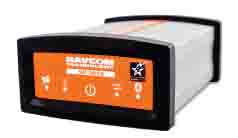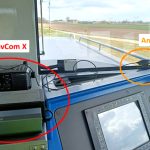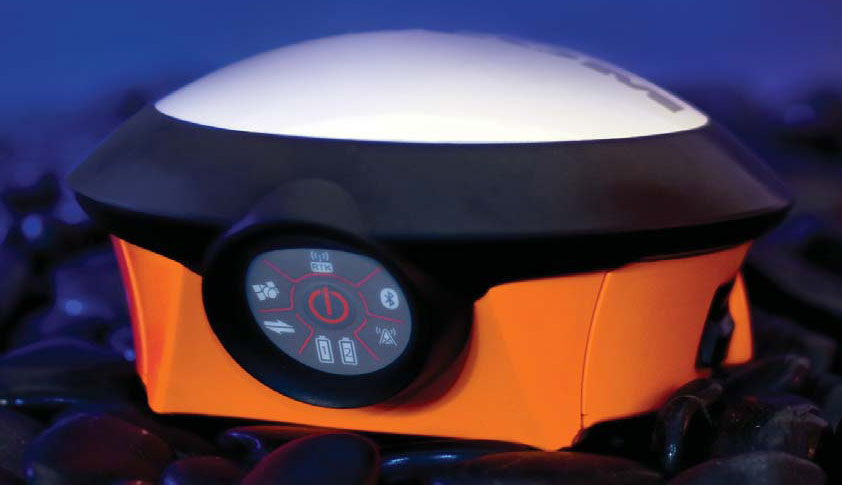 NavCom SF-3050
NavCom SF-3050
NavCom Technology, Inc., has announced the release of the SF-3050 multi-frequency GNSS receiver that incorporates the company’s new Sapphire GNSS OEM board.
Offering integrated StarFire/RTK GNSS capabilities, the SF-3050 and Sapphire feature 66-channel tracking, including multi-constellation support for GPS, GLONASS and Galileo.
NavCom Technology, Inc., has announced the release of the SF-3050 multi-frequency GNSS receiver that incorporates the company’s new Sapphire GNSS OEM board.
Offering integrated StarFire/RTK GNSS capabilities, the SF-3050 and Sapphire feature 66-channel tracking, including multi-constellation support for GPS, GLONASS and Galileo.
The SF-3050 receiver, which incorporates the Sapphire OEM board, can be upgraded from single-frequency to multi-frequency capability through software optioning alone. The software-enabled features are sold in convenient software bundles, but can also be purchased individually, to suit changing application needs.
The SF-3050 and Sapphire board provide patented multipath mitigation, interference rejection and anti-jamming capabilities, while supporting a range of high-speed I/O, including Ethernet, Bluetooth and USB capability.
The integrated StarFire service is now simply activated via an over-the-air licensing system that sends a StarFire license via satellite directly to a StarFire-capable receiver from NavCom’s StarFire operations center. StarFire, NavCom’s global satellite-based augmentation system (SBAS), provides real-time global accuracy at the decimeter level without a base station.
“The ability to upgrade our GNSS products with software options will save our customers costly hardware changes, while the Over the Air StarFire Licensing System allows them to quickly renew their StarFire License in the field.” said Steve Wilson, NavCom’s GNSS products business manager.
The SF-3050 and Sapphire are available for immediate delivery through NavCom’s dealer network.
NavCom representatives will present details about the company’s new receivers in the New Products session at the ION GNSS 2009 conference in Savannah, Georgia, on September 24.
According to the abstract for their ION GNSS paper, the SF-3050 is capable of tracking all available public GNSS signals including GPS, Europe’s Galileo, Russia’s GLONASS, SBAS, Japan’s quasi-zenith satellite system (QZSS), and China’s Compass on the L1/E1, L2, L5/E5, G1, and G2 bands. Users can configure the SF-3050 to track all GNSS signals or a subset of them, such as, GPS only.
Reportedly, the heart of the receivers is a new digital ASIC that contains a general purpose, software configurable, correlation accelerator that achieves nearly 100 billion correlations per second.
Patented anti-jamming signal processing and hardware filtering provide up to 60-decibel in-band and more than 120-decibel out-of-band jamming mitigation, with automatic detection and mitigation of pulse jamming being standard.
NavCom suggests that the new architecture will enable many new signal-processing techniques, such as 1) cooperative tracking — processing of all of the signals from all channels and frequencies in a common tracking loop that removes common mode errors from local and satellite clocks; 2) the ability of the tracking loops to be aided by high-speed velocity and heading information from inertial sensors to improve phase noise and improve minimum useable signal strength; 3) advanced fine-window multipath mitigation techniques that improve upon classic narrow-correlator and double delta techniques; and 4) a patented matched filter, carrier phase anti-phase multipath processing.




